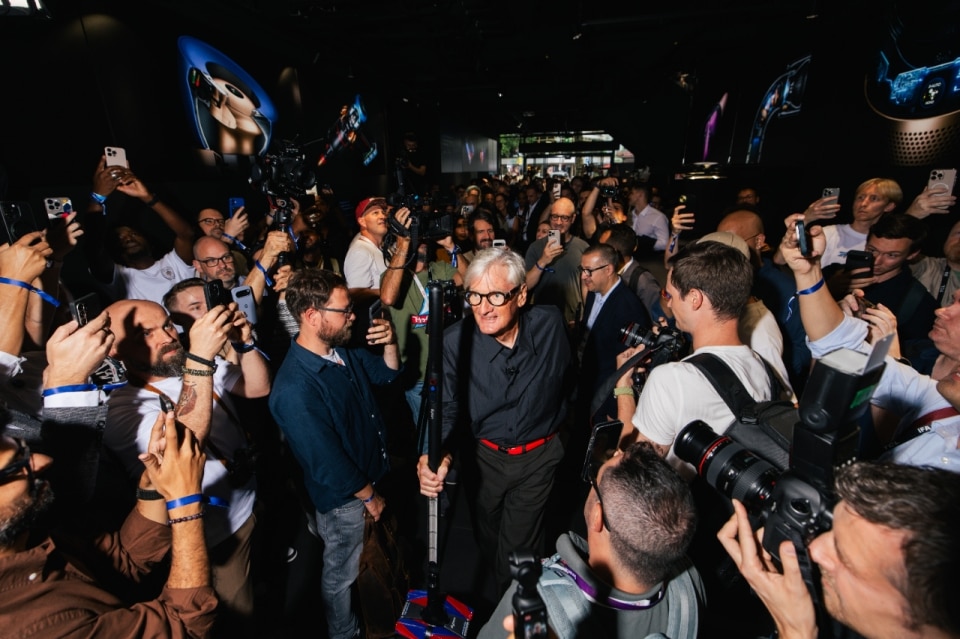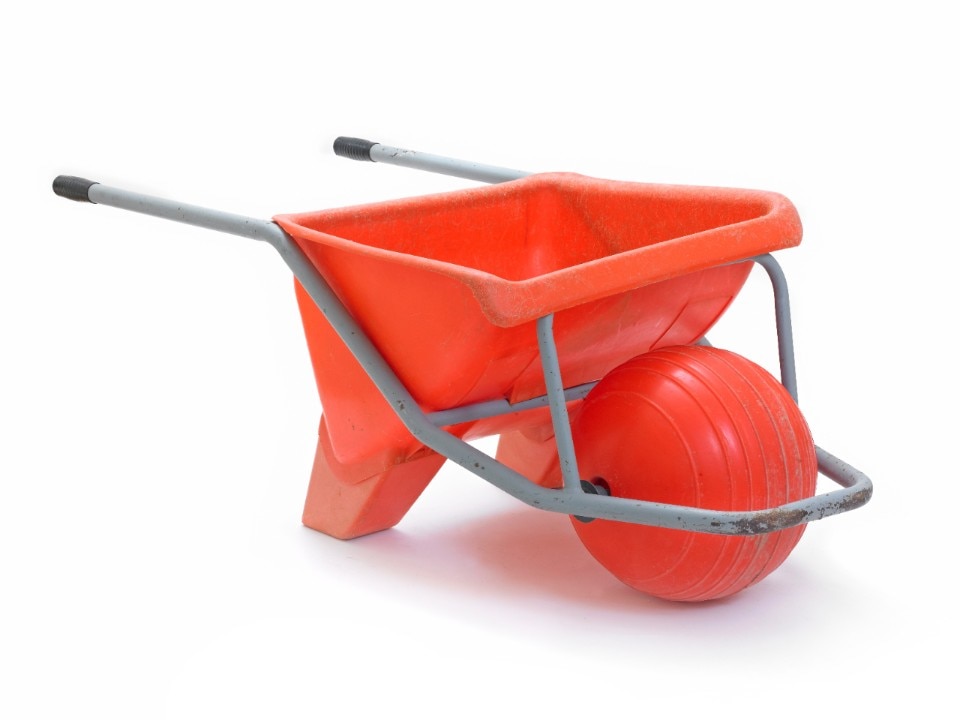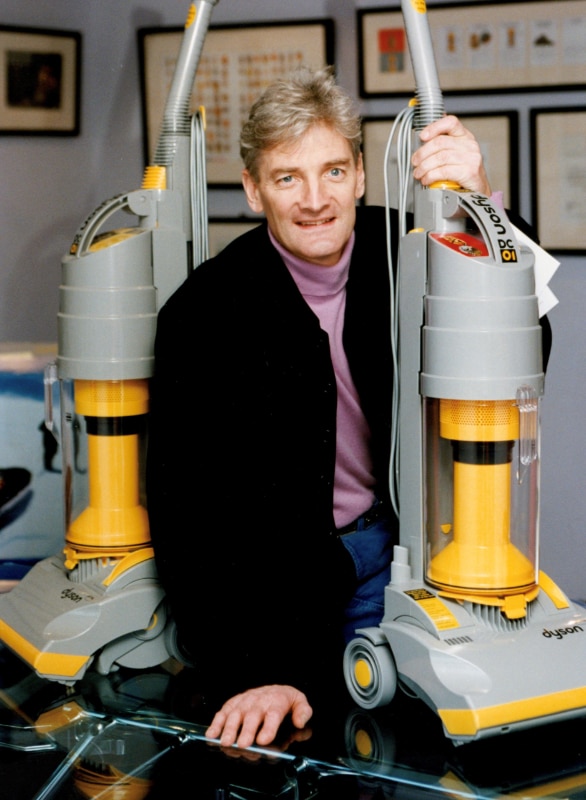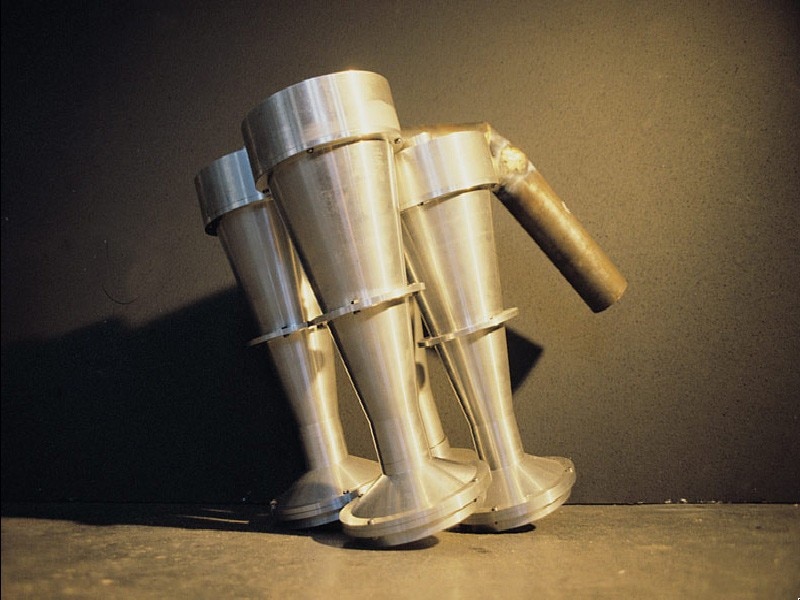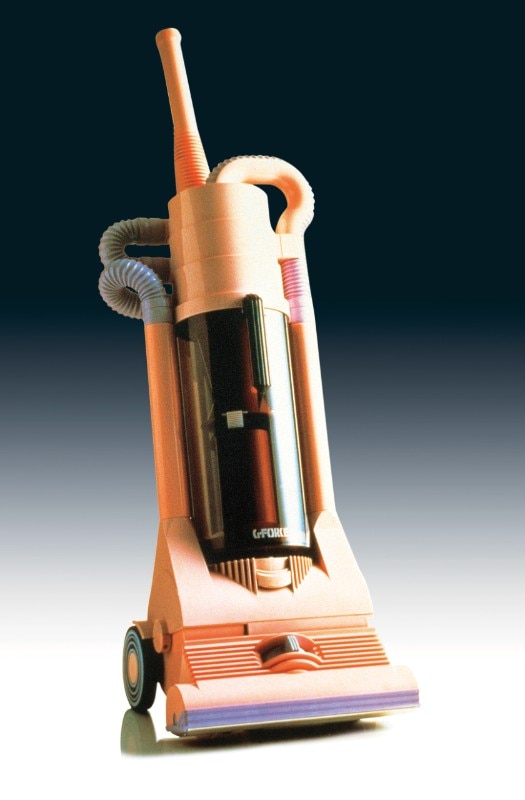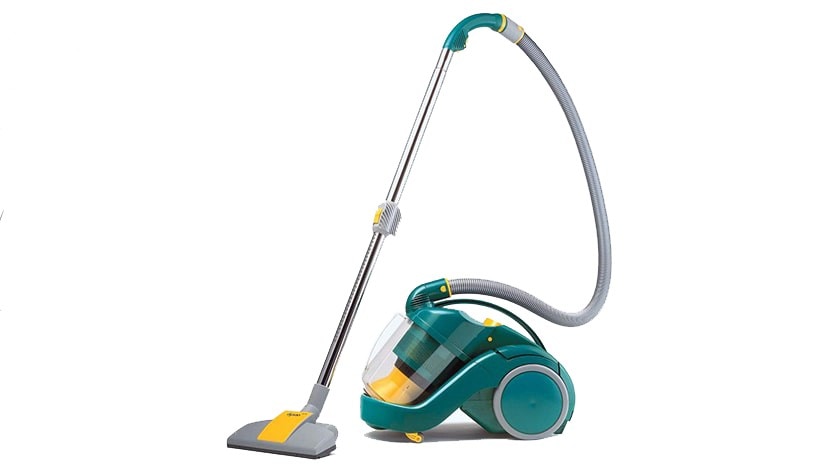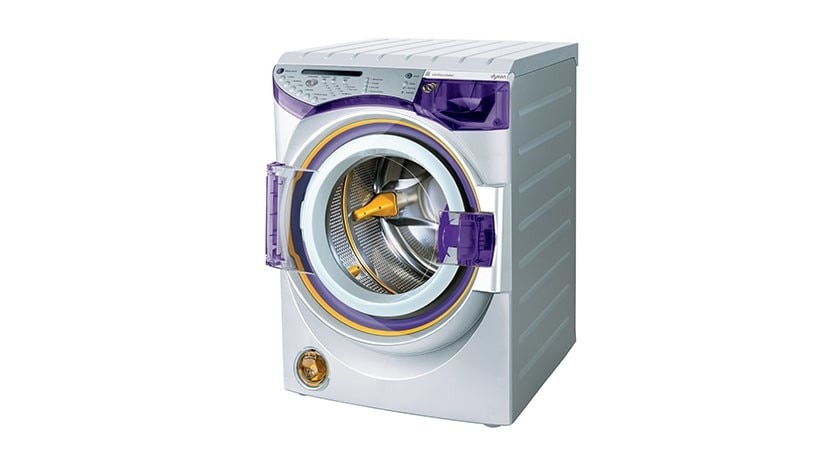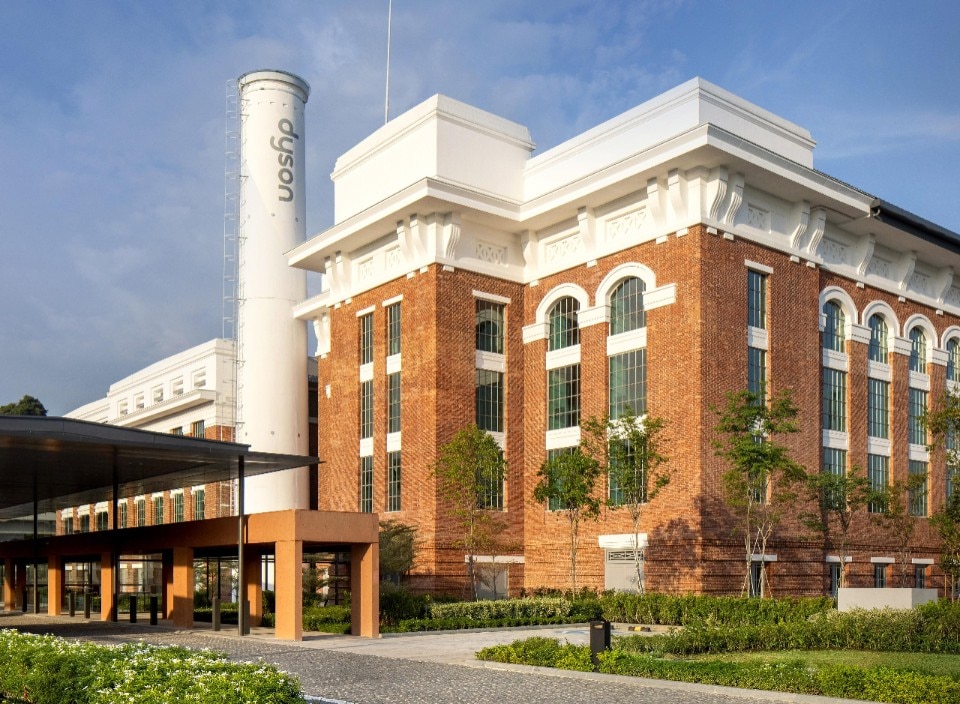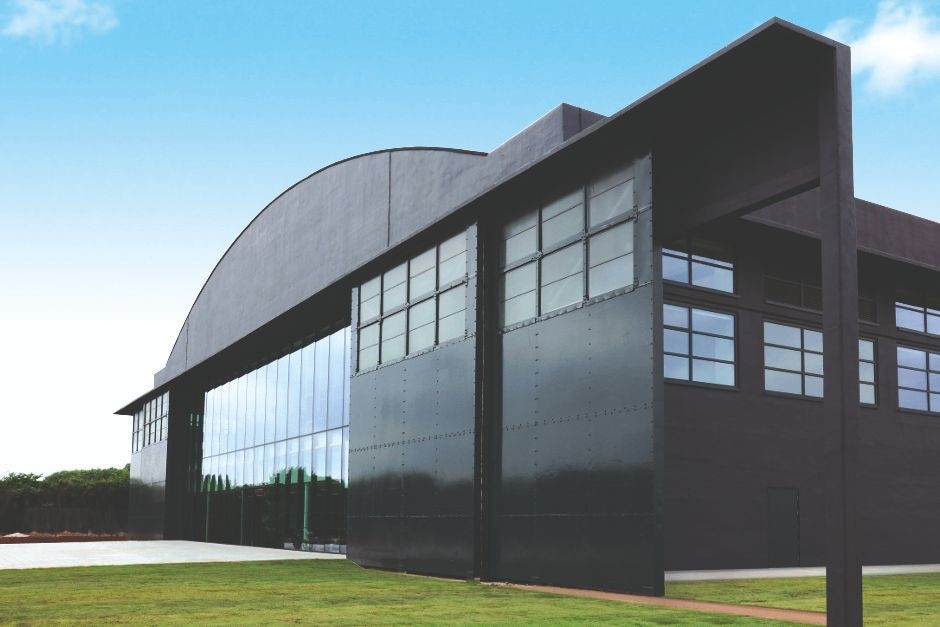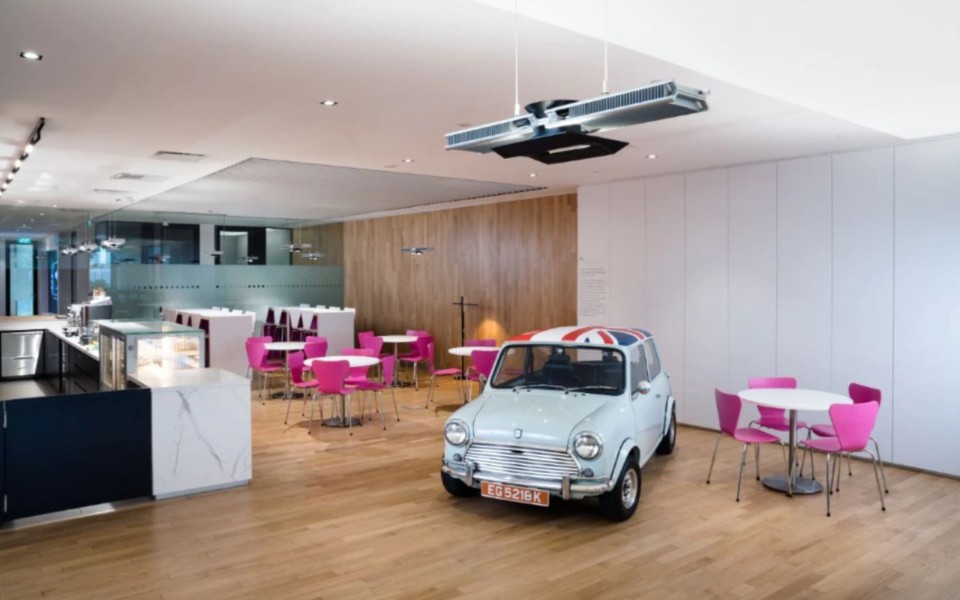At the latest IFA in Berlin, the world’s largest technology fair, he showed up in a Mini and was welcomed like a movie star.
Inventor, designer, engineer.
“But don’t call me a businessman,” warns James Dyson, founder of the company that made a name for itself with its bagless (and later cordless) vacuum cleaners—highly innovative and decidedly futuristic—and which is now celebrated for its beauty products (just think of how iconic the Dyson hairdryer has become), the ubiquitous Airblade hand dryers, high-tech air purifiers, the new Ontrac headphones, and the ambitious electric car project that never made it to market—not for design reasons, but for economic ones.
A company whose designs have become such a benchmark that competitors endlessly imitate their lines and colors: the leap from cult product to new global mainstream. And yet, Dyson has never stopped reinventing itself: proof of this is the brand-new PencilVac, as compact as a pencil, showing us that even a vacuum cleaner can spark emotion. To create it, James Dyson took inspiration from the Mini itself—its concept of compactness and space optimization.
Numerous Dyson products have been exhibited in museums. The DC02, launched in 1994, is part of MoMA's permanent collection; and James Dyson’s first vacuum cleaner, the G-Force, was one of the 12 objects that the London Design Museum included in its ‘adopt an object’ fundraising programme in 2016.
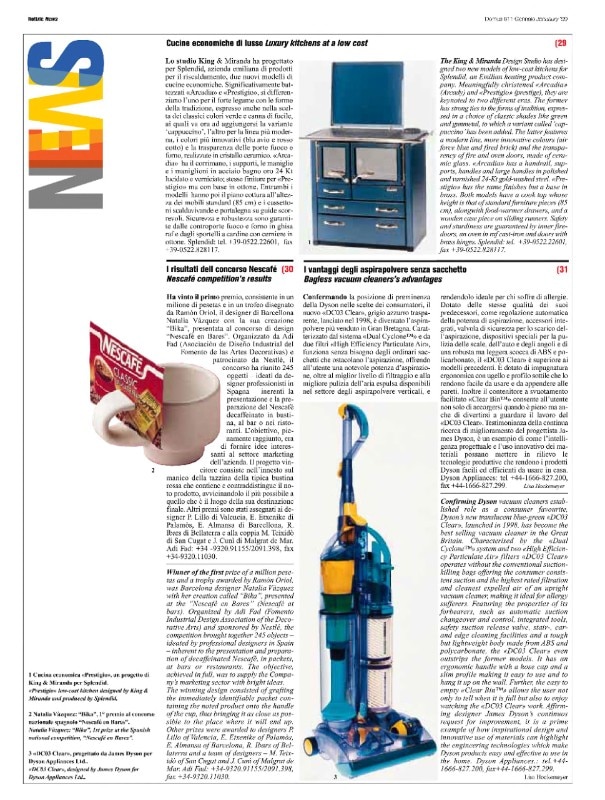
James Dyson himself had been a trustee of the museum since its early years until he left in 2004 over disagreements with the newly appointed director, critic and journalist Alice Rawsthorne; he expressed criticism of her curatorial approach for placing “style over substance”.The Guardian, reporting on the events, introduced James Dyson as “the inventor of the brightly coloured and best-selling bagless vacuum cleaners”. Fun fact: for those colourful vacuum cleaners, launched well before Apple’s new iMacs, Dyson was accused of copying Jonathan Ive’s design.
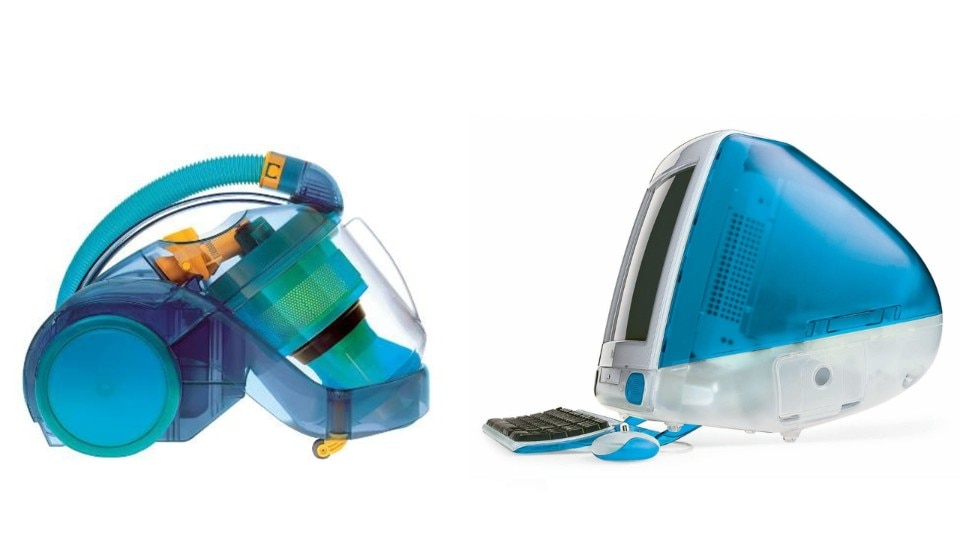
Trained as an industrial designer in London, at the Royal College of Art, after an education between Greek classics and the visual arts – young James aspired to be a painter – Sir Dyson’s entire career is a testimony to how much good can come from an engineering-based approach to design. Not only in terms of functionality, but also in terms of outlining new shapes and looks.
Be prepared to fail, be prepared to experiment
Dyson’s designs are famous for being stripped down to the essential, and for exposing, though transparencies, high-tech elements, such as the brand’s signature cyclone technology. Transforming vacuum cleaners and air purifiers into a distinguishing contribution to the home décor, James Dyson elevated them to an ode to the creative power of engineering in forging beauty for the modern world.
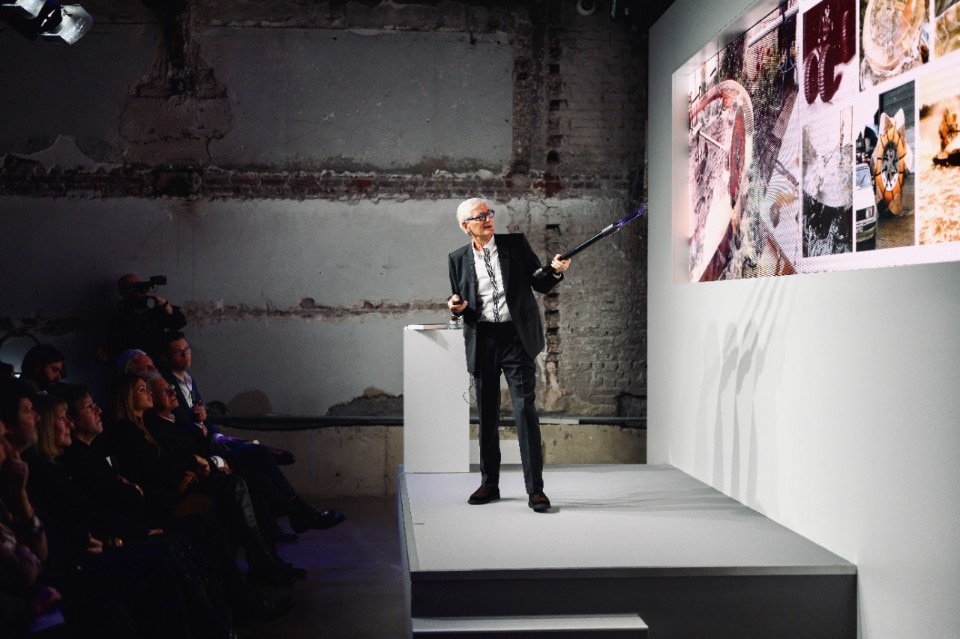
James Dyson has told his story in an autobiography (Invention: A Life) and turned it into a live event, distilling his career into a brilliant, ironic talk before a select audience in Paris. In the raw, uncompromising spaces of the Palais de Tokyo—Europe’s largest centre for contemporary art—he revisited some of his earliest projects: radical experiments such as the Ballbarrow, a wheelbarrow with a ball instead of wheels; a wheelchair with angled wheels; a high-speed speedboat; and more. He also unveiled to the audience an architectural design of his own—a theatre conceived around Buckminster Fuller’s triangular aluminium structures.
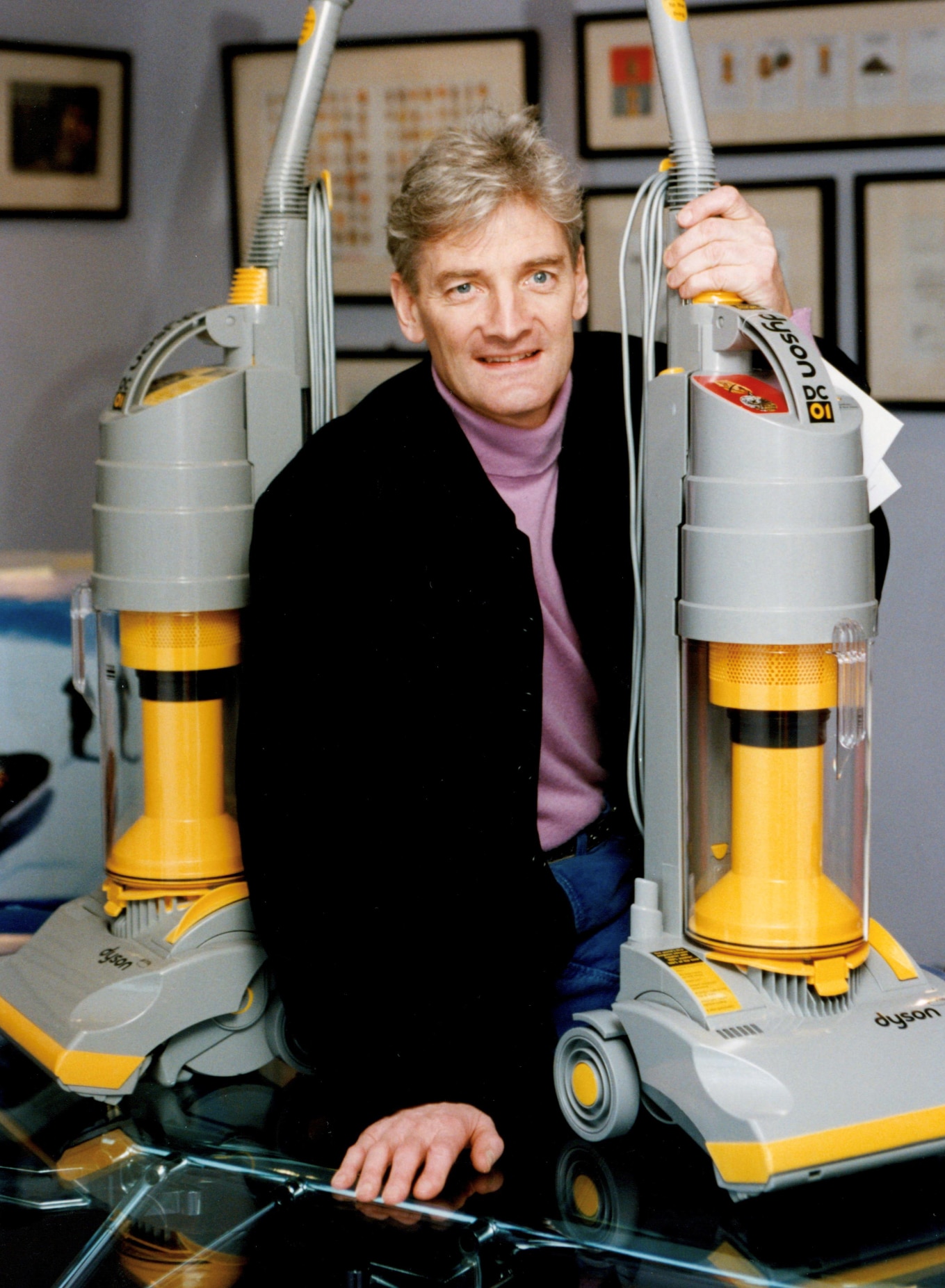
Introduced by Guillaume Désanges, director of the Palais De Tokyo, Sir Dyson spoke of his personal relationship with art and of his first attempts to design bagless vacuum cleaners, which resulted in more than 5,000 failures before the G-Force, based on Dyson's groundbreaking Cyclone technology, was launched in Japan in 1987.
He couldn't find confidence in Europe, so he looked for opportunities in South East Asia. The region has since become crucial to his company, which was founded in 1993. Today, there are engineering, research, development, manufacturing and testing facilities in Singapore (where Dyson is officially based), Malaysia and the Philippines.
Art and engineering are both creative acts
The recently inaugurated Saint James Power Station in Singapore, a 10,000 sqm national monument that has been completely restored to become the company’s new global headquarters. “I prefer to renovate because it's more sustainable,” says James Dyson, referring also to the huge Hullavington hangar, built in the ‘30s as an RAF flying training station and refurbished at a cost of around $220 million to become the company's second UK technology campus. Designed by a disciple of Le Corbusier, it’s located in Wiltshire, a region in eastern England not far from Bristol, as are The Dyson Centre for Neonatal Care in Bath and the Dyson Institute in Malmesbury: the latter is a college for engineering students, with close links to the company. The future Dodington Park Art Gallery, created to house the art collection of James and his wife Deirdre, will also rise in the same area.
The day after the Palais de Tokyo event, Domus caught up with Sir Dyson in a sophisticated apartment in Paris, not far from Simone de Beauvoir and Jean Paul Sartre’s beloved Café de Flore. We had the opportunity to discuss with the British inventor his approach to innovation and technology, about his personal design history, and the projects that sparked his passion for design, such as the original Mini car or the Moulton bicycle, which he said still inspire him.
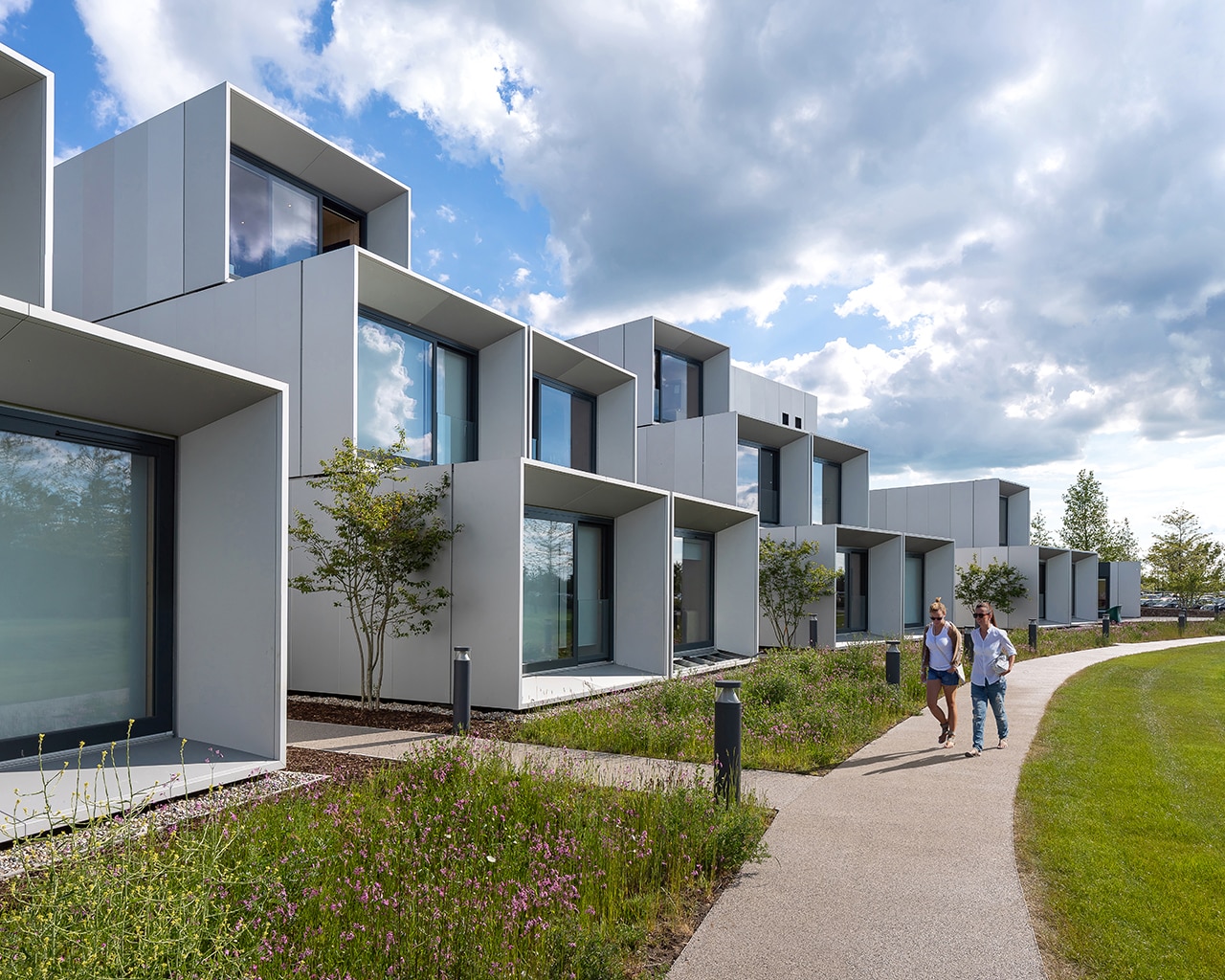
Here are some relevant quotes from what James Dyson said, and some of the things we learned from him (and about him) over the two days.
1. “Prepare to fail” (because failure is the way to success)
Sir Dyson defines his life as “a failure” and explains that it's how he learned what he knows: “Be prepared to fail, be prepared to experiment”, he says, “if you want to achieve anything”, insisting that “there are no eureka moments”.
2. “An electric car, that was pretty stupid”
Dyson was working on an electric car, but the project was stopped in 2019. "It was a very difficult decision," recalls James Dyson. The problem was money. 500 people were working on the car project, but Dyson couldn't afford to produce electric cars at a loss, as many big car companies started to do after Dieselgate. “They can afford it, but I don't have $30 billion”.
3. There's no difference between art and technology
"I don't see a difference between art and engineering": it’s no secret that James Dyson was deeply involved in art as a young man and studied to be a painter as an undergraduate. As a company, Dyson has a long history with the arts: a concert where Dyson machines played alongside the Orion Orchestra, a fashion show with Issey Miyake, the forthcoming Dodington Park Art Gallery are just some. Sir Dyson sees engineering itself as an artistic act: “Art and engineering are both creative acts,” he says.
4. Why it's better to hire graduates
“Graduates have no fear and that's why I always try to employ them,” says James Dyson. Dyson is a company made up largely of engineers and has a strong commitment to training young talent. The Dyson Institute of Engineering and Technology opened its doors in 2017, while the James Dyson Awards were launched ten years before as an international design prize for young people that “celebrates, encourages and inspires designers of new problem-solving ideas” (from the official website).
5. “There was no such thing as design when I was growing up”
Design as we know it didn’t exist in Britain before the 1960s. The Design Council was set up in London by Churchill in 1944 to promote design, “but you didn't see good design in shops”, James Dyson explains: “So it wasn't until I went to art school in 1965 that I discovered this thing called design”.
6. Design is everything
James Dyson doesn't think there should be a division between design and engineering. In his view, design is “everything about the product”: it is technology, it is engineering, “and it is economics versus usability. How long it lasts, what materials it uses. Its quality. And whether it is a pleasure to use, whether it is a beautiful sculptural object or just a functional object”. And, of course, sustainability, he says: “Energy is the whole thing”.
7. “We used to call it lean engineering”
Sustainability has always been a topic in engineering: using less power and pure materials, improving performance, making products lighter and easier to use, and making software do things you could never imagine.
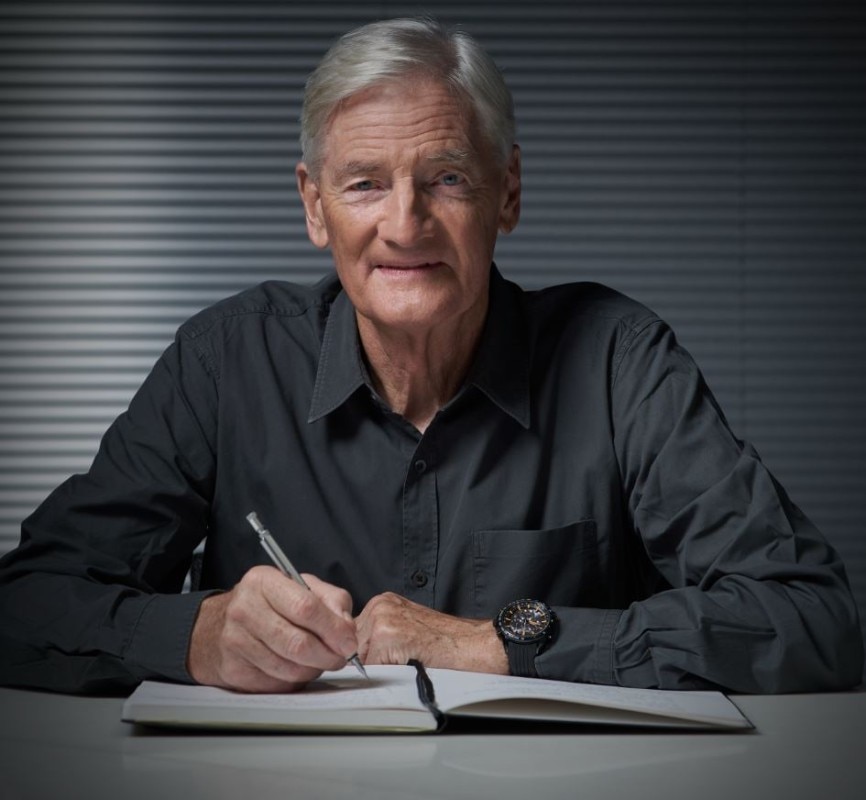
8. Dyson is not a marketing-lead company
All Dyson’s ideas about products and new products are the engineers’ ideas, explains James Dyson. “Some of the ideas come from the market, for example the cordless vacuum cleaner,” he adds.
9. Motorcycles VS Bauhaus
James Dyson recalls being fascinated by motorcycles as a child because “they were pure engineering, whereas cars were styled”. And that was consistent with his view that products “should be designed to show what they do”. That's how he approached the design of vacuum cleaners, and later all the other products. “I thought I was slightly rebelling against the Bauhaus and the idea that good design is something simple put into a very simple shape or box”.


